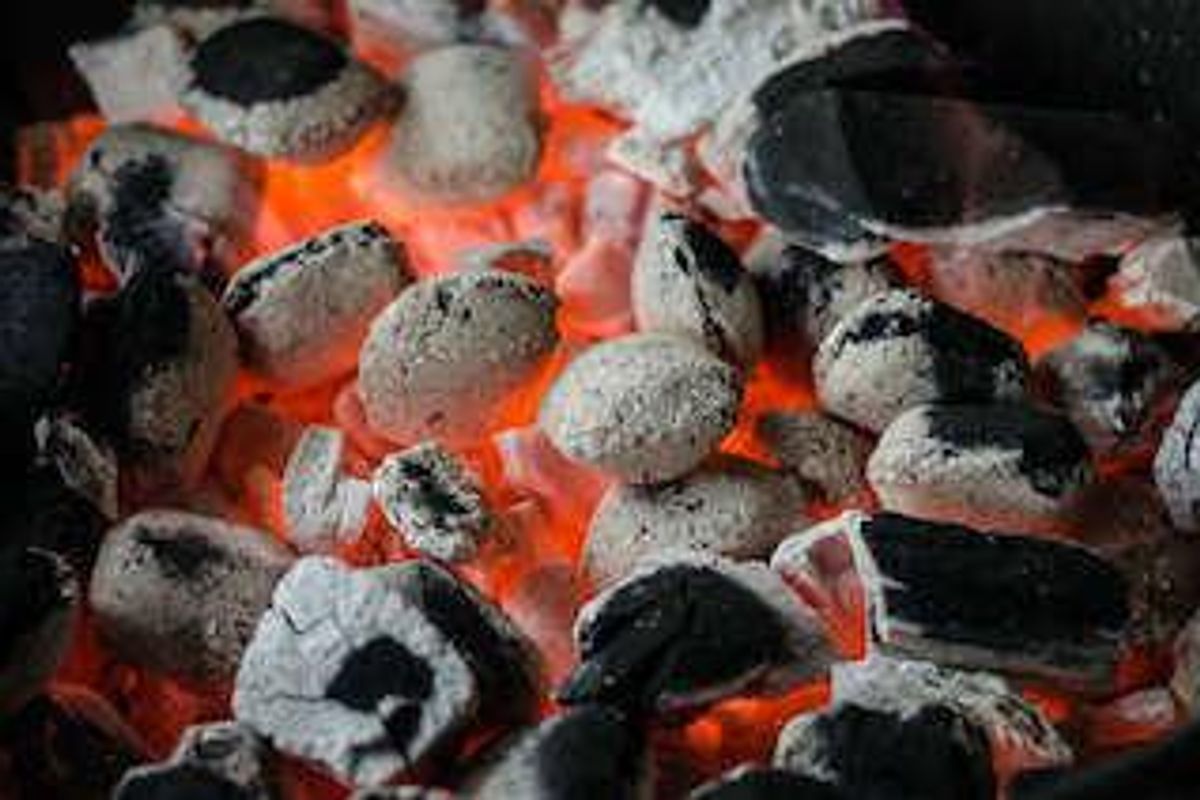US DOE Funding Research to Extract Rare Earths from Coal

In 2015, the US Department of Energy reserved $20 million to fund projects aimed at finding a way to lower the costs of recovering rare earths from coal.
Battelle and Rare Earth Salts have received $875,000 from the US Department of Energy (DOE) to produce rare earth element (REE) products from coal fly ash.
Working together, the companies will examine whether they can generate REE products from coal ash at purities above 90 percent in an environmentally safe and economically sustainable way.
In 2015, the DOE reserved $20 million to fund projects aimed at finding a way to lower the costs of recovering rare earths from coal. The world is moving away from coal in an effort to curb greenhouse gas emissions, and rare earths such as neodymium and scandium are used to power smartphones, wind turbines and electric cars. REEs are also used for national defense in radar systems and guided missiles.
However, China controls about 90 percent of REE supply, according to Linda Wang, a Purdue University professor who is also working on technology to extract REEs from coal. The technologies under development at Purdue could allow the US to enter the $4 billion REE market. Wang said it is also highly desirable for the US to become independent of foreign suppliers.
“For example, after China reduced the export quotas in 2010, the costs of rare earth magnets for one wind turbine increased from $80,000 to $500,000. After China relaxed the export restrictions 18 months later, the prices returned to lower levels than in 2010,” she said, adding that the US has accumulated 1.5 billion tons of coal ash that could be used to produce REEs for decades.
US Energy Secretary Rick Perry stressed the importance of Penn State University’s partnership to extract rare earths from coal during a recent visit to a Jeddo Coal Company mine in Pennsylvania. The project is funded by the DOE through the National Energy Technology Laboratory.
“I don’t think we can overstate how important the development of rare earth elements out of our anthracite coal is and the potential it’s going to have,” Perry said. “Our goal is clear. It’s to develop an economically competitive supply of rare earth elements.”
There are three ways to extract rare earths from coal, but none of those methods are currently economically feasible, reports Quartz. The three processes include burning away hydrocarbons to leave ash containing metals that can be extracted through chemical processes; removing metal-rich parts of the rock during coal mining; and acid mine drainage. Battelle’s Acid Digestion Process selectively leaches REEs from coal fly ash and recycles the chemicals being lost during the leaching process, which reportedly reduces costs.
“Our technology positions us to be a primary producer of consistent, low-cost, rare earth oxides to Western economies,” said Cameron Davies, CEO of Rare Earth Salts. “As we seek additional sources of domestic rare earth feedstock, coal fly ash presents a promising opportunity. Battelle is a world-class partner, and we look forward to working together to meet the objectives of the US Department of Energy.”
Don’t forget to follow us @INN_Resource for real-time news updates!
Securities Disclosure: I, Melissa Shaw, hold no direct investment interest in any company mentioned in this article.